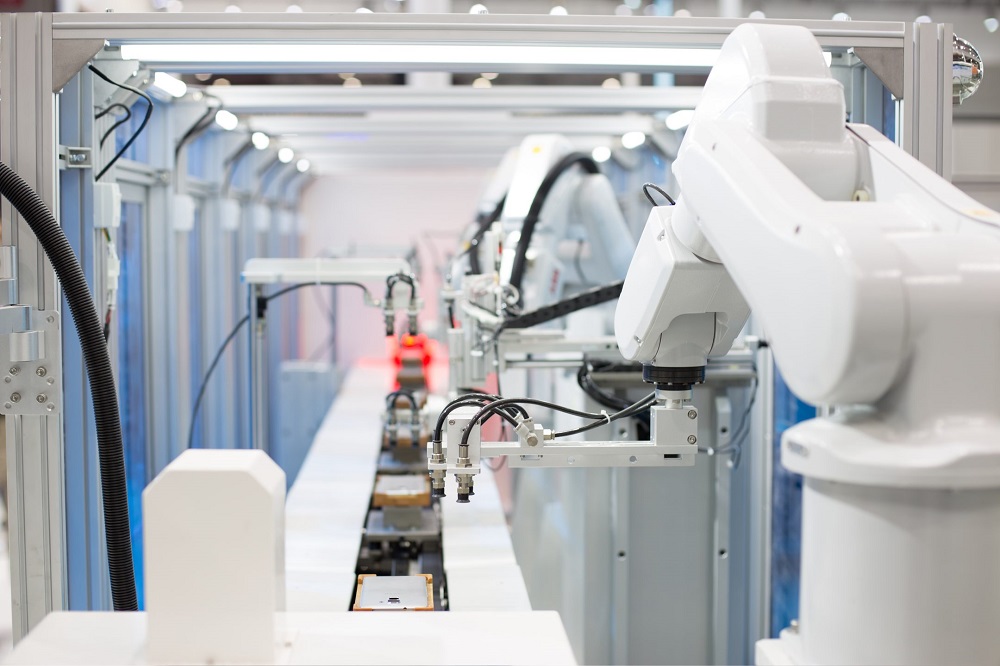The Future of AI part 1: early adopters and misconceptions

The future of artificial intelligence doesn’t look one single way. AI is poised to benefit a multitude of industries in a variety of different ways. What does artificial intelligence in the near-term look like? How is it impacting industries and what should companies know about AI to remain competitive over the next few years?
What are the early adopters of AI doing right now?
Early adopters of AI include everything from automotive to marketing.
Right now, AI is selling us more and more things through website and social media ads. For example, “because you clicked or liked this, you might like this” or suggesting the next binge-worthy show.
AI is already in existence in smart phones too, such as with location services. AI can figure out where you usually go such as the grocery store, the office, your doctor, your gym, everywhere.
One of the biggest demonstrations of artificial intelligence is the self-driving car. Autonomous vehicles currently testing on the road are processing a gigabyte of data per second. This self-driving car must sense and interpret a massive amount of information from vehicles, traffic signals, weather, pedestrians and more, and make split-second decisions.
Finally, software engineering has adopted AI for the task of writing code; AI is contributing to writing spark code.
What are some misconceptions about AI?
The first iPhone was a revolution, but now the iPhone X is not.
Companies have started embracing AI to make a product or service slightly better but in five to seven years, the industries already at the forefront of using AI will reach a saturation point of cost reduction. They will likely embrace the innovation route and try to revolutionize the market by creating something which we can’t even imagine or envision yet.
The misconception is that this new technology will always seem new and maybe even a little foreign.
Artificial intelligence is both exciting and scary, but it will become as commonplace and mundane as the desktop computer or a dishwasher; neither of which talk about as the next big thing. In the near future, when artificial intelligence is seamlessly integrated and in wide use as a tool for businesses, home or even transportation, most won’t look at artificial intelligence as the next big thing.
By the end of the next decade, the hype will be gone. Once companies and industries accept the wider expectation, people will know what AI can and can’t do, and better leverage the technology.

What does the next 5-10 years look like for advancements in AI?
In five to seven years AI will still be in the cost saving mode because there are a lot of benefits to come from markets, from system level communications that will help move us toward powerful trends. But it will also mark the transition into innovation. Smart companies will envision what the trend for AI acceptance will be and have already made progress into their respective markets.
Data is consistently available. Industries will discover how to crunch the numbers, find patterns and implement those patterns in their specific industries like finance, insurance, manufacturing and engineering.
It’s only a matter of time until different systems start talking to each other, such as a self-driving car communicating with other self-driving cars. That kind of intersystem communication, an internet-of-things, will come. Until then, it will be critical to embrace and enhance the capabilities of a human to machine conversation — a current struggle as anyone communicating with an Alexa or automated answering service can attest to.
Artificial intelligence will grow as humans learn how to converse with machines, and vice versa.
The manufacturing industry will likely work very closely with the consumer industry in terms of AI. Drivers already receive notification in their car that their oil is low and it’s up to them to manage the maintenance. But technology installed in newer cars can be designed to sense the oil is low and schedule an appointment or signal to the dealership that maintenance is required. In this instance, a manufacturing company is working directly with a consumer product to enhance the quality of that product.
Read through our other blog posts to learn more about the future of AI and the possibilities this innovative new technology can offer.
Watch our video: The future of artificial intelligence: The keys for adopting AI


